|
4/19/2016 0 Comments Lets Go Save Some Seals!
And of course, all of this work is done to help save the Hawaiian Monk Seal. Endemic to [found only in] Hawaii and one of the most endangered marine mammals in the world.
In the field we'll be doing population assessments, reunite pups who get separated from their moms, study their behavior, free them of marine debris entanglements, perform necropsies and collect tissue samples to be analyzed back in Honolulu. All of the data collected will be used to inform researchers on how to help save the Hawaiian monk seal from extinction.
The program even goes so far as to bring critically sick or injured seals back to the main Hawaiian islands to be rehabilitated. In September 2015, seven seals were brought to the Marine Mammal Center’s Ke 'Ola Kai monk seal rehabilitation facility on Hawaii Island. They are now rehabilitated and ready to be released back into the wild.
0 Comments
4/17/2016 1 Comment S.A.F.E.T.Y Dance!Hawaiian Monk Seal Research Program offices are located in NOAA's Inouye Regional Center on Ford Island in Pearl Harbor, Honolulu. A lot of history to think about while training here. Training started off with two weeks of a small boat training. Learning the ins and outs of the boats we'll be using to survey the atoll for seals. Knots, safety, more safety and maneuvering. Not all camps are boating camps but they are all remote! At Pearl and Hermes we'll be doing a lot of boating. While it is considered to be one of the more untouched atolls in the NWHI chain, Pearl and Hermes has nonetheless be hugely impacted by man due to the enormous amount of marine debris that washes onto the atoll; catching on the reef, washing ashore and entangling the wildlife. The HMSRP is collaborating with marine debris crews to not only help clean it all up but to help survey what and how much of it washes ashore in specific quadrants around the island. Preparing for the field is no small task. Because the Northwestern Hawaiian islands are so remote, each camp must be stocked with everything it needs to sustain itself for the 4.5 month field season. Each camper is given an excel spreadsheet food list and takes down what and how much they think they may want to eat over the field season. A helpful hint: 'Think about how much you might eat of one item in one week and multiply it by 17' - the approximate amount of weeks we'll be out. That list is then compiled per camp and when we arrive in Honolulu, one Thursday morning during training, we headed to TIMES grocery store and emptied the shelves. Packing gear in 5 gallon buckets is not only convenient but also conducive to the strict quarantine regulations of the NWHI. Again, because of their extreme remoteness the NWHI have their own insular ecosystems. Although incredibly diverse, they are very susceptible to invasive species. Many of the islands have historically been devastated by guano miners and invasive species such as rabbits, rats, ants, weeds etc. For example, the Bonin Petrel population on Midway atoll went from 250,000 to 5,000 pairs in a 40 year period due to the introduction of the black rat [ref. link]. A lot of work has gone into restoring the natural habitats of the islands and a part of that is strict quarantine protocol. Everything brought to the islands is either frozen for 48 hours or bug bombed to kill anything that could tag a long for the ride and potentially wipe out a marine or terrestrial species. The buckets are sealable and can be both frozen and bug bombed! In the event of an emergency it is possible that it could be up to 7 days before rescue can make it from Honolulu. Field campers take an intensive 3 day wilderness first aid course to learn how to deal with medical emergencies - including learning how to put in an IV.
4/3/2016 2 Comments New Year : New ResearchExciting research! From mid-April to the end of August I will be working with the Hawaiian Monk Seal Research Program [HMSRP] in the Northwestern Hawaiian Islands [NWHI] as an embedded member of one of their field camps for the 2016 field season. While we think of remote places like the middle of the Pacific ocean or the Antarctic as being void of humans, in fact these fragile ecosystems have been hugely impacted by people. This work is a continuation of my research on the effects of anthropogenic impact on fragile and remote ecosystems and what we are doing to help conserve and preserve the natural world. The HMSRP will deploy 5 field camps this year to the NWHI, leaving April 17th from Ford Is. However, the work has started with one month of training and preparations in Honolulu. I'll be headed to Pearl and Hermes atoll with three other colleagues until the end of August when we'll be picked up by a NOAA research vessel and brought back to Pearl Harbor. With no infrastructure and about 1,200 miles from Honolulu, this is a remote field camp setting. Meaning we will be living in wall tents, have very limited access to the outside world and because there will be no re-supply, we will need to bring all food, water and other supplies with us. More information can be found here.
The Hawaiian monk seal [HMS] is endemic to Hawaii [found only in HI] and with only 1,272 remaining, one of the most endangered marine mammals in the world. The HMSRP has been working to help recover the HMS for about three decades and it is estimated that about 30% of the population is alive today because of their efforts. The HMSRP is the most proactive marine mammal recovery program on the planet and have a number of one-of-a-kind recovery activities including translocations and vaccinations. While my primary role with the HMSRP will be assisting with population assessment and recovery activities benefitting the Hawaiian monk seal population, I will use the experience to inform a didactic body of work discussing remote field research and conservation in the Northwestern Hawaiian Islands. My interest in this research lies in the ideology that the dialogue between artists and scientists is imperative for a most informed and diversified understanding of life. With science far too often inaccessible and unattainable, the goal of this collaboration is to bring awareness to the plight of the Hawaiian monk seal and the effects of human impact and climate change on vulnerable ecosystems by propagating public interest through art. I'll do a few updates before we leave for camp to show you how the preparations are going. The HMSRP also has a great FB page. Be well and thank you for your continued support! |
Search by typing & pressing enter

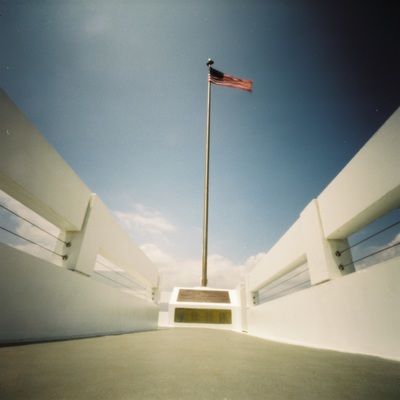
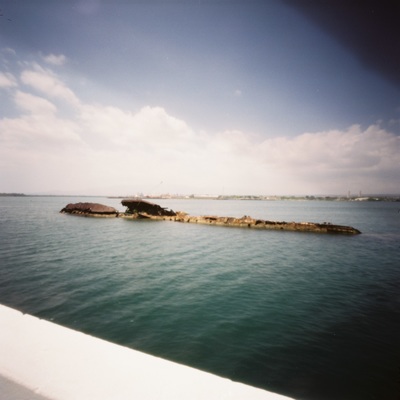
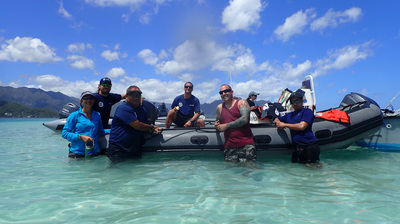
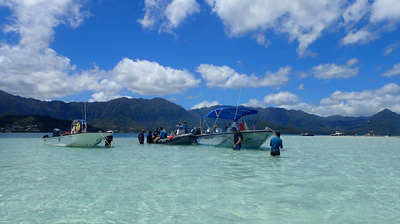
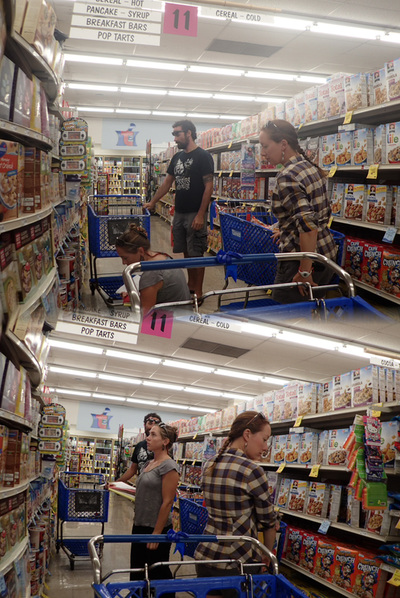
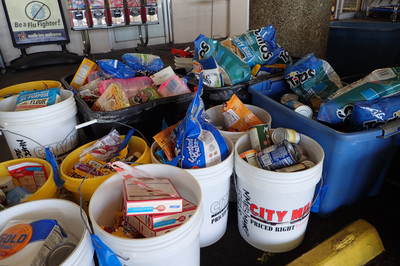
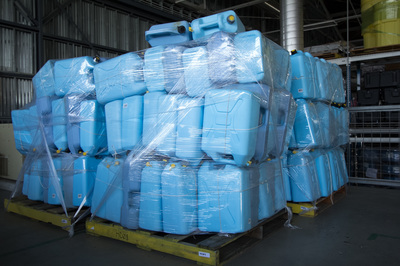
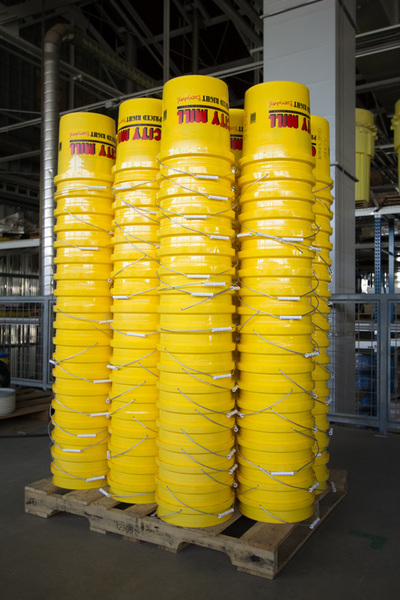
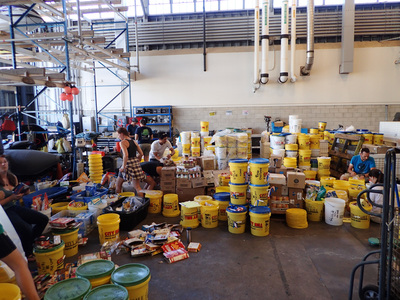
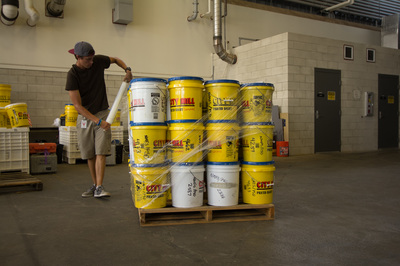
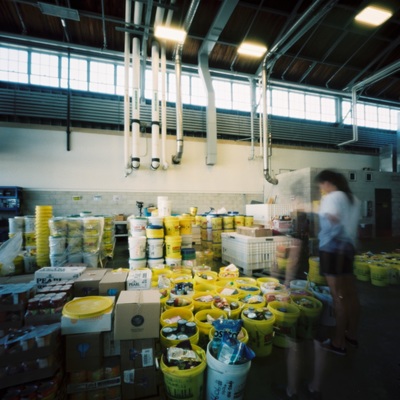
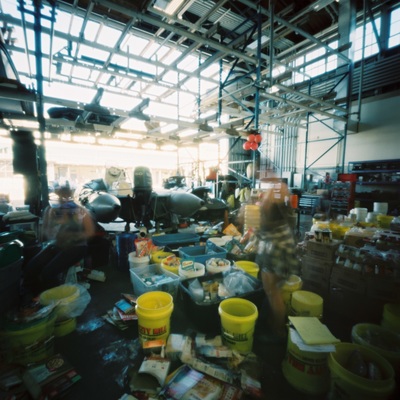
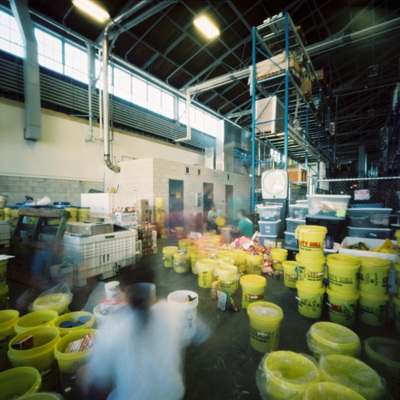
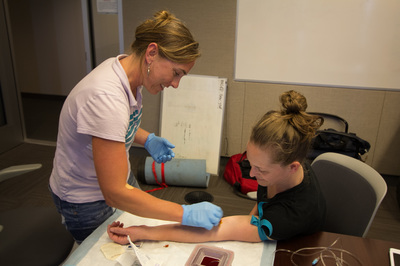
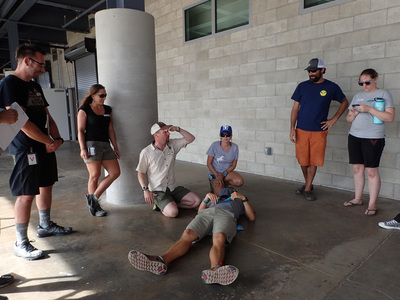
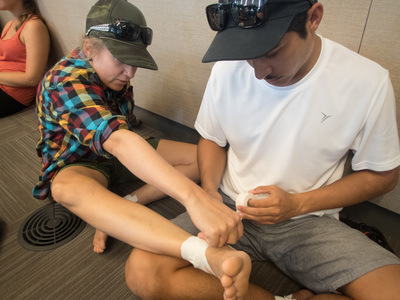
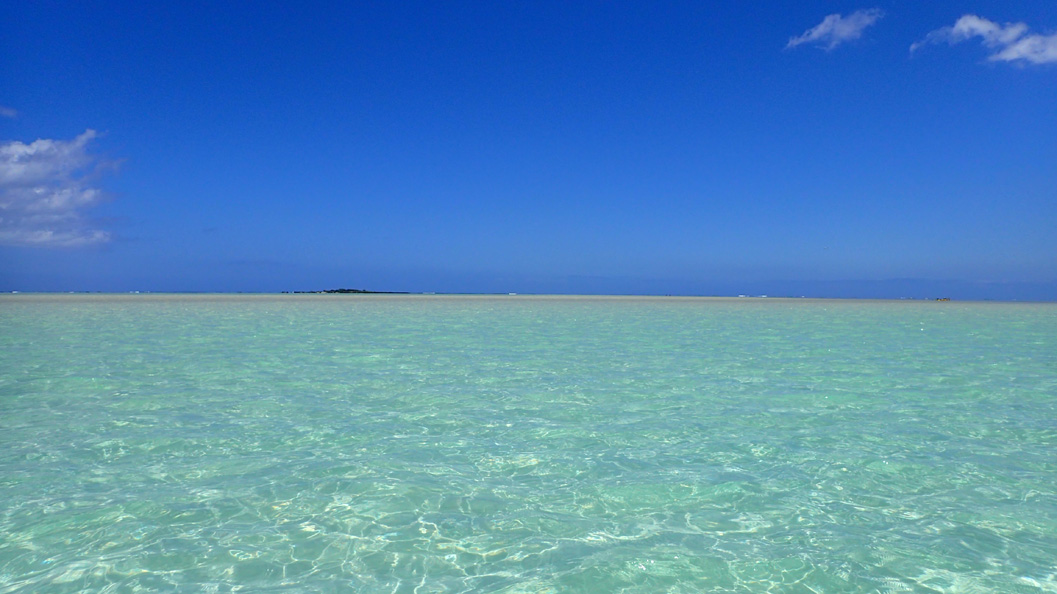
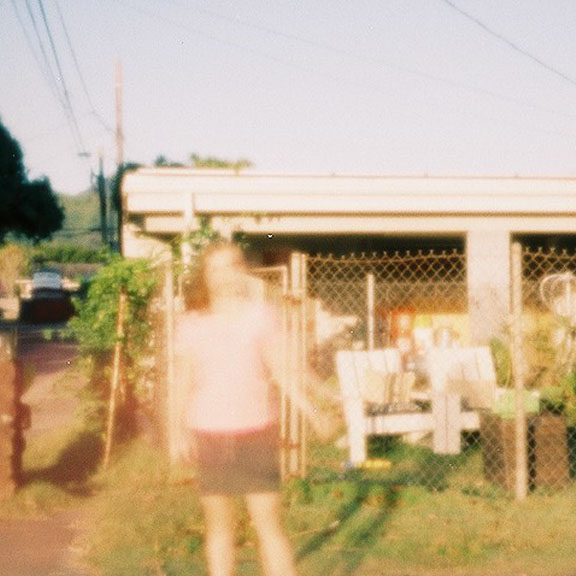
 RSS Feed
RSS Feed
